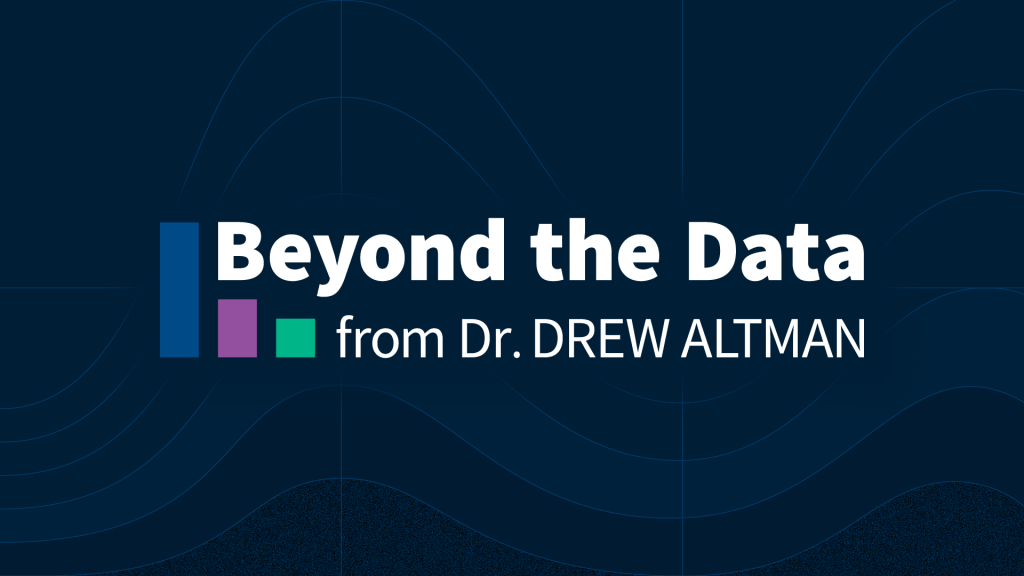New Analysis: Half of U.S. Households Eligible for a Tax Subsidy Under the Health Law Would Owe a Repayment, While 45 Percent Would Receive a Refund
Estimated Average Repayment is $794. Estimated Average Refund is $773. Half of U.S. households eligible for a 2014 tax subsidy under the Affordable Care Act would owe a repayment to the government, while 45 percent would receive a refund, according to estimates from a new analysis by the Kaiser Family Foundation.
